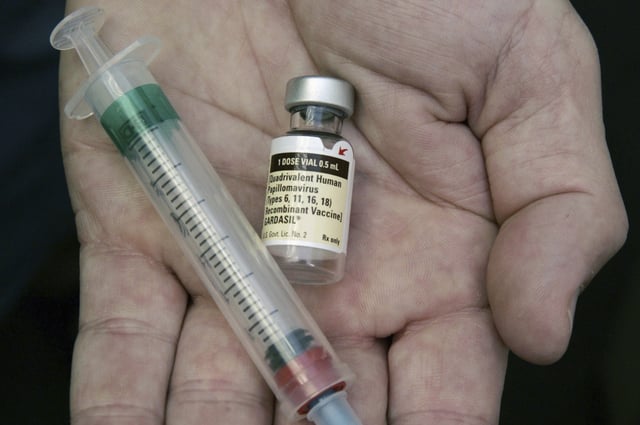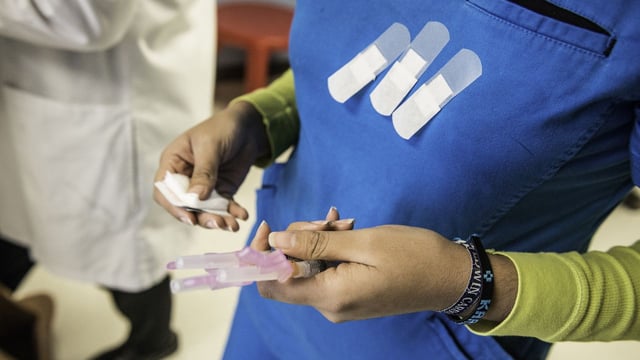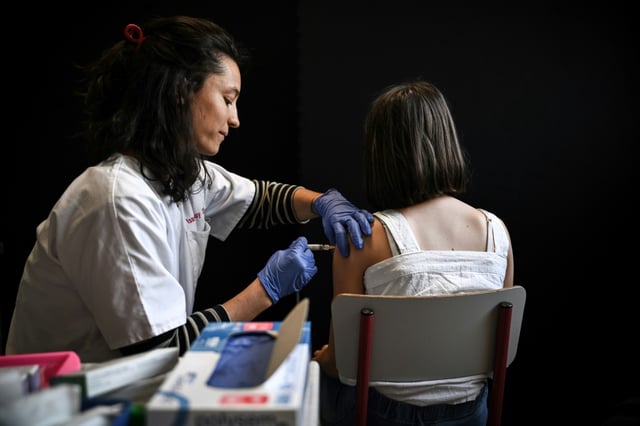Overview
- The CDC study found an approximately 80% reduction in cervical precancer rates among women aged 20-24 screened between 2008 and 2022, attributed to HPV vaccination efforts.
- The HPV vaccine, first approved in 2006, is recommended for preteens aged 11-12, with catch-up doses for individuals up to age 26 who missed earlier vaccinations.
- HPV is the most common sexually transmitted infection in the U.S. and is responsible for nearly all cases of cervical cancer, which affects around 10,800 women annually in the country.
- While the study did not directly link vaccination status to outcomes, researchers noted no other plausible explanations for the significant decline in precancer rates.
- Experts cite the findings as reassurance for parents about the vaccine's safety and effectiveness, with global vaccination programs aiming to eliminate cervical cancer within the next century.



